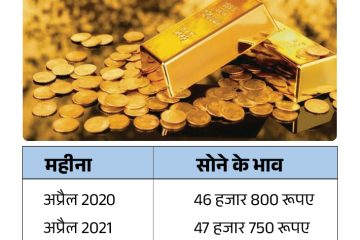Montréal vs Puebla: A Comparative Insights

Introduction
As cities from diverse cultural backgrounds, Montréal, Canada and Puebla, Mexico offer unique perspectives on life, heritage, and economic development. Understanding the distinct characteristics of these two cities is critical for scholars, tourists, and investors alike, as each represents a different facet of North American culture and economy. With Montréal known for its vibrant arts scene and Puebla for its culinary traditions, a comparative analysis can aid in appreciating the rich diversity within the continent.
Cultural Landscape
Montréal, the largest city in the Canadian province of Quebec, is celebrated for its European-style architecture, diverse population, and bilingualism. The city is a hub for festivals and cultural experiences, including the renowned Montréal International Jazz Festival and Montréal Comiccon. It boasts numerous museums such as the Musée des beaux-arts, showcasing local and international artists.
In contrast, Puebla, often referred to as the ‘City of Angels,’ is famous for its colonial architecture, UNESCO World Heritage Sites, and delectable cuisine. The city’s culinary highlight is Mole Poblano, a rich sauce that reflects indigenous and Spanish influences. Puebla’s vibrant cultural offerings include the Talavera pottery and traditional festivals like Cinco de Mayo.
Economic Characteristics
Economically, Montréal has cultivated a strong foundation in sectors such as aerospace, technology, and tourism. The city is home to major corporations and has a flourishing startup scene. With its strategic location and well-connected transportation systems, it serves as a gateway for trade between North America and global markets.
Puebla’s economy is significantly influenced by manufacturing and agriculture, with the automobile industry being one of its primary growth drivers. The city enjoys a notable presence of international companies, which contribute to employment and local economic growth. In addition, Puebla’s proximity to Mexico City enhances its trade potential, creating opportunities for businesses.
Conclusion
In summary, while Montréal and Puebla differ markedly in their cultural roots and economic structures, both cities hold significant importance within their respective countries. For individuals seeking to explore cultural exchanges or investment opportunities, understanding the nuances of Montréal’s artistic vibrancy and Puebla’s historical wealth can prove invaluable. As globalization fosters closer ties, the potential for collaboration between Montréal and Puebla continues to grow, making these cities integral to the broader narrative of North American development.









